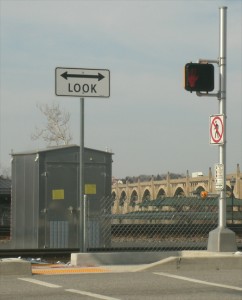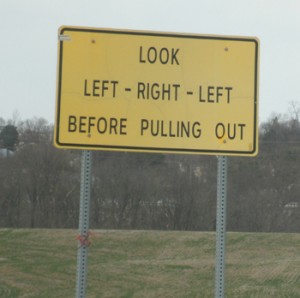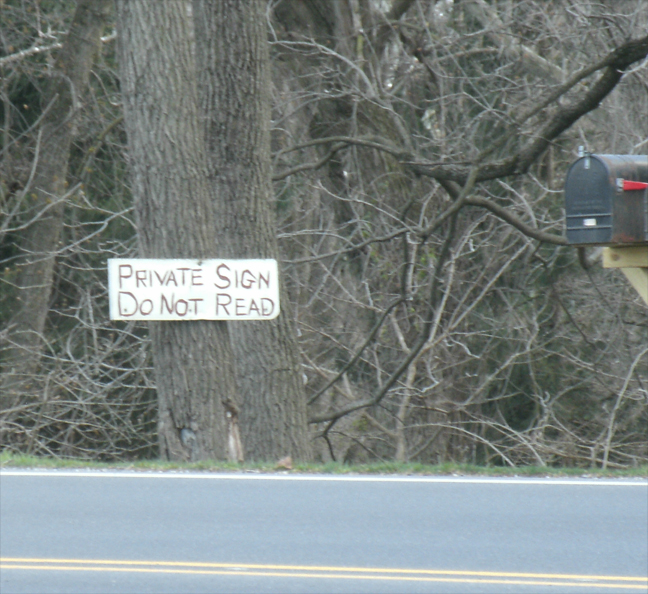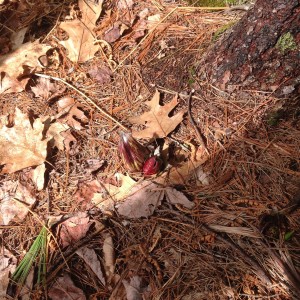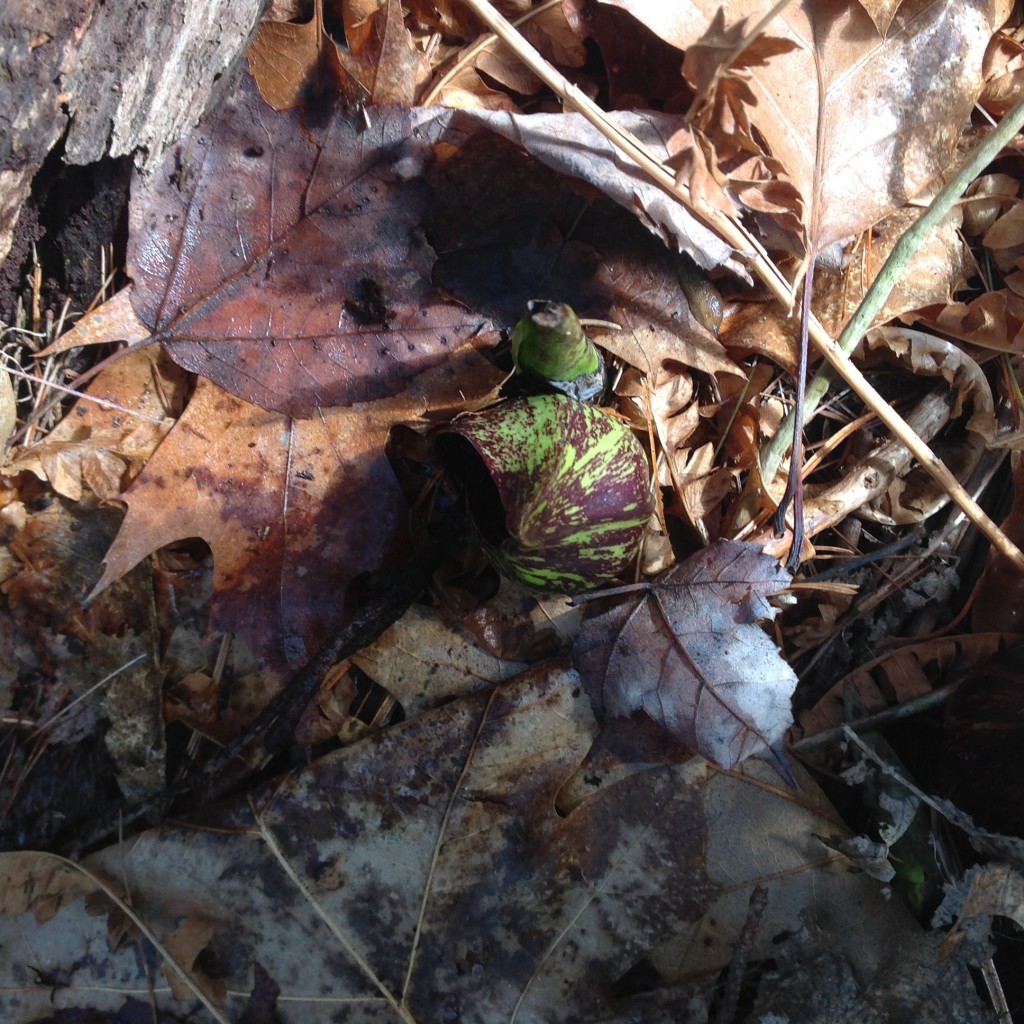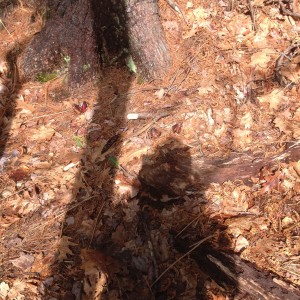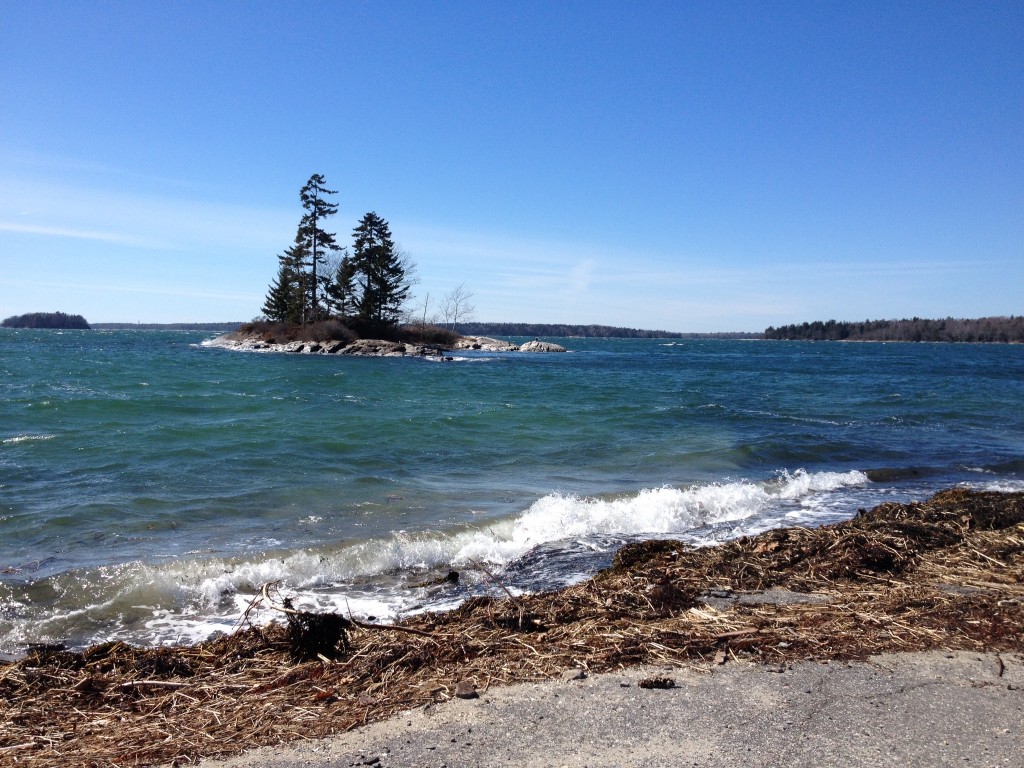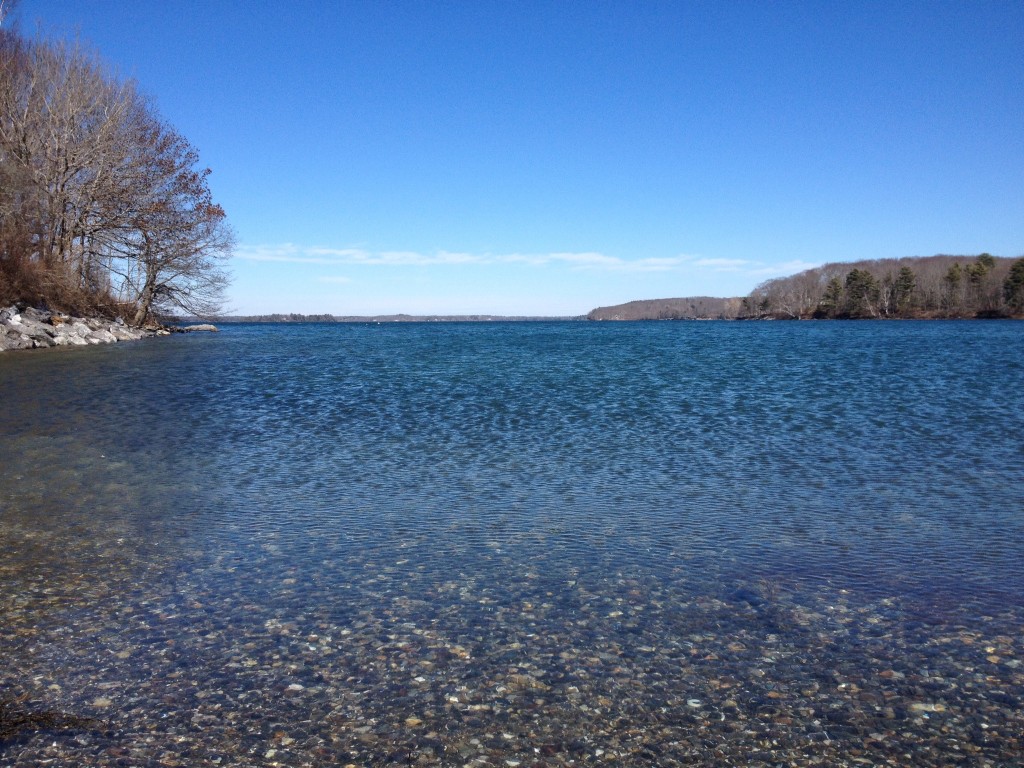By Corinne H. Smith
“The question is not what you look at but how you look & whether you see.” ~ Thoreau’s journal entry, August 5, 1851
Henry Thoreau didn’t have to deal with automobiles, highways, and intersections. He was lucky. We who have driver’s licenses and cars, do. And to have any success at getting anywhere, we have to pay attention to everything happening around us. It’s an action with the multitasking demand built right into it.
Here in Suburbia USA, I’ve found some unique road signs that have made me think of Thoreau’s quote about looking and seeing. And they could appeal to his love of wry wit, too.
A major intersection near the site of my weekday job was re-engineered this past year. Now it handles a state roadway that bypasses a small city. It also leads a regional hiking and biking trail across railroad tracks and toward a visitor center. The new traffic signal has to accommodate walkers, bikers, trains, casual traffic, and tractor-trailers that barrel through and head either to a major landfill or to a convenience store headquarters. A lot of movable objects can be present at any given moment.
A small, new sign was installed here as soon as the traffic signal began working. I laughed out loud the first time I saw it.
I had never seen this kind of sign before. Naturally, we’re going to look both ways, no matter what. But this was a subtle reminder to do so, even though a four-way light was still supposedly controlling the traffic. Although we have been skeptical about how this crossing would function, we have yet to see or hear any accidents happening here. So far. I guess everyone is looking left. And then looking right. Or vice versa.
Another intersection a few miles away sits in the middle of farmland and a few small residences with large acreages. But the lay of the land makes it a bit difficult to see oncoming traffic. Installers of a sign here took greater lengths to explain to us what to do.
I laughed when I first saw this sign, too. Is it really necessary? And yet I follow its instructions and look even more times than it suggests, before venturing across.
With so many road signs demanding our attention and commercial billboards admonishing us to buy-buy-buy, it was inevitable that someone would take matters into his/her own hands. That someone had posted an original and handmade directive.
Who said rural folks don’t have a sense of humor? I think Thoreau would have laughed at this one, too.

